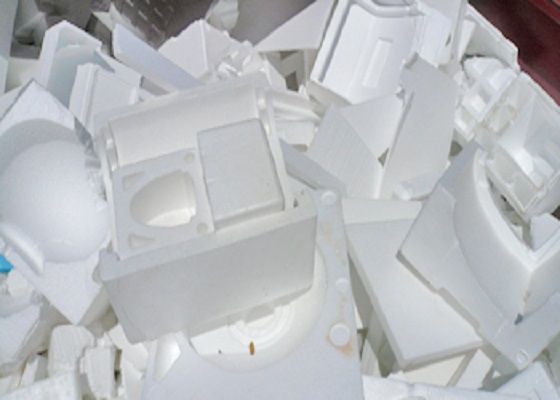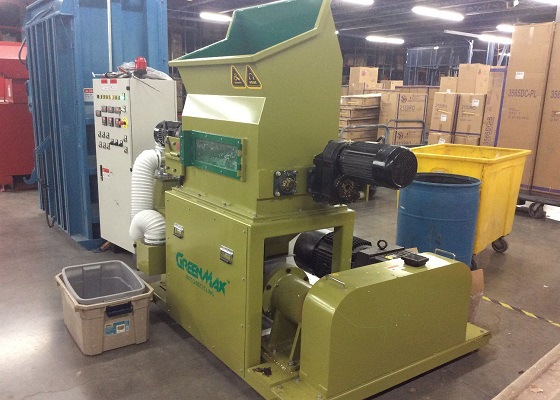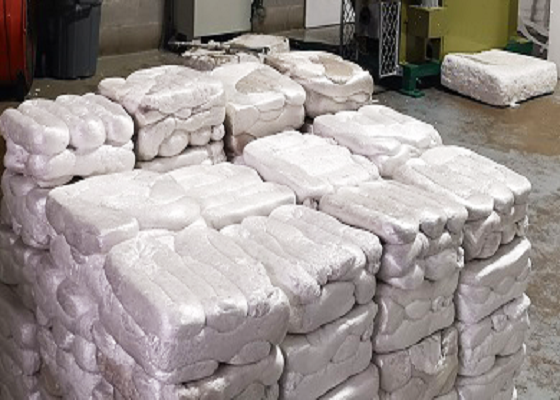The profitable foam recycling project is one of the ways to recycle more foam waste
The media keeps telling the public that more than 10 billion tons of foam waste is generated every year, but less than 10% of the recovery rate, in order to maintain public vigilance for foam products. But, it does not answer the public's long-standing question, why not recycle more foam?
Take the transportation industry using foam packaging as an example. Foam is inexpensive to manufacture, and it’s can perfectly fit items after cutting to ensure cushioning and shock reduction during transportation. Therefore, foam packaging is widely used in logistics companies, resulting in a large amount of foam packaging waste.

Foam packaging waste is completely recyclable. Logistics companies are well aware of this, but they still choose to pay disposal fees to landfills, mainly because of the cost of foam recycling.
Foam's expansion characteristics are the reasons why logistics companies choose to become packaging materials, and why logistics companies choose not to recycle foam waste. If the foam with 98% air content is recycled, it will be inefficient in storage and transportation, and cost extremely. In comparison, logistics companies will be more inclined to abandon waste and buy new foam materials.

But in fact, the recycling industry has been calling for profitable foam recycling. California's INTCO Recycling, as a foam recycling specialist, has been calling for a profitable foam recycling project to promote the increase in foam recycling rates. Just a foam densifier M-C100 can help logistics companies solve the problem of high recycling costs.
The volume ratio of foam ingot to foam packaging waste after foam densifier M-C100 treatment is 90:1. Foam densifier M-C100 built-in rotary cutter and hot melt screw can squeeze out air to compress the volume, which can reduce overhead in storage and transportation.

The most important part of profitable foam recycling project is the sale of foam ingot. Foam ingot is essentially a renewable resource and can be sold to manufacturers of photo frames, baseboards, park benches and other products. INTCO Recycling has also been buying it. In other words, if the foam recycling project is introduced, it can not only save a waste disposal fee, but also make a profit.
Foam recycling is an environmentally friendly thing, but it can also be a profitable thing. When we understand that there are ways to recycle more foam, what other reason to refuse to recycle?
